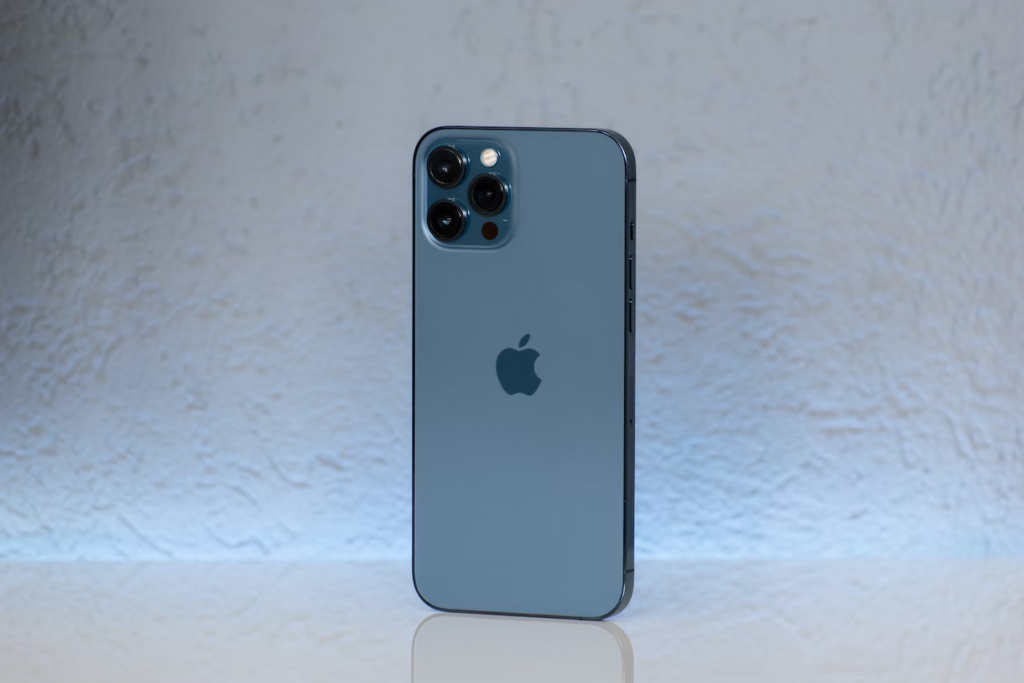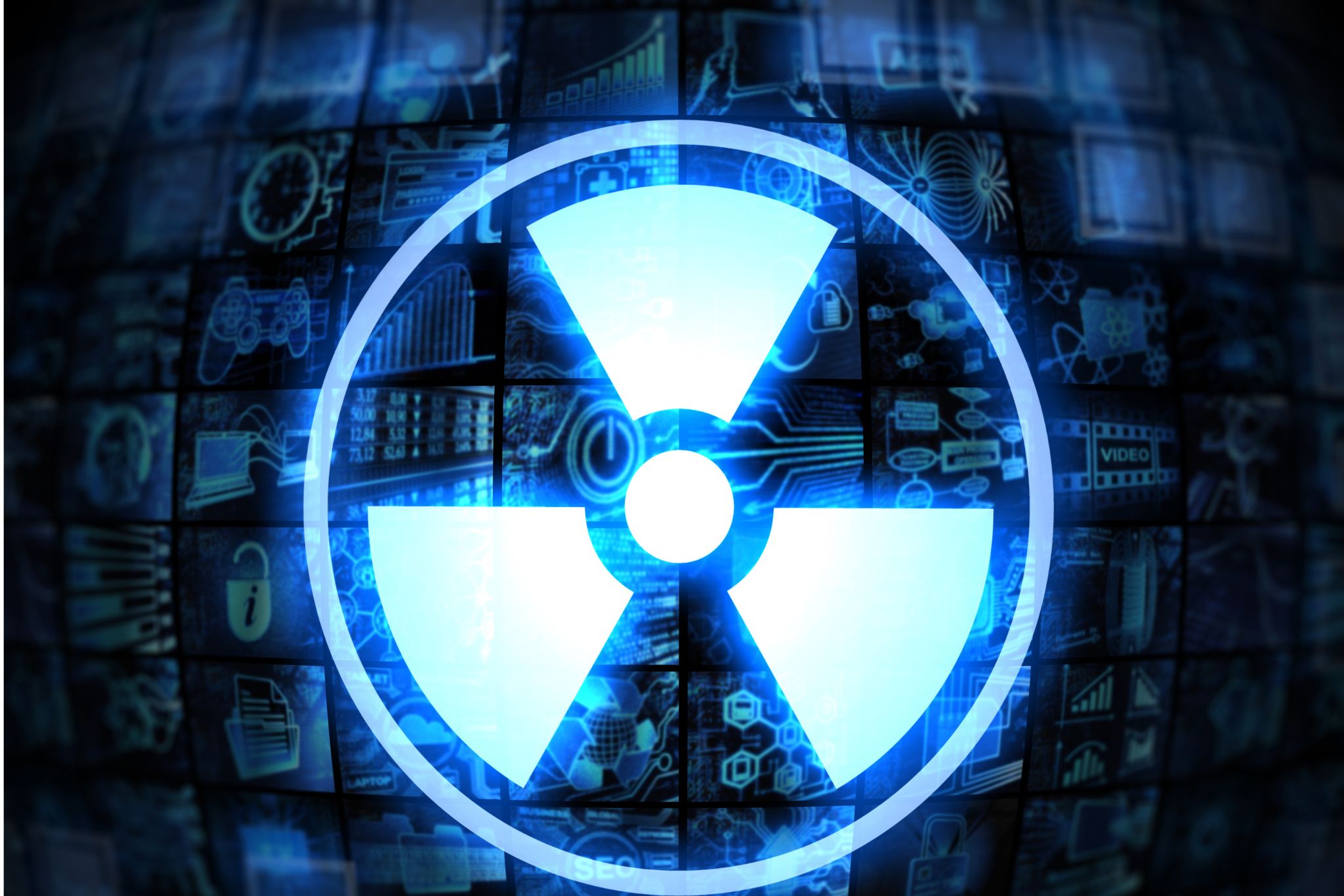The past few weeks have been extremely eventful for the technology category of media outlets thanks to Apple and its array of stunts. On one hand China had expanded the reach of the existing curbs on the use of iPhones by state employees. The staff at selected central government agencies were advised against using their Apple phones when they clock into work. This is of course more of a political game of chess where the regulations unsurprisingly tally with the surging tensions between Beijing and Washington. While this did launch Apple into a dilemma owing to the fact that they count heavily on China for revenue growth and manufacturing, it did not stop them from releasing their newest line of phones, the 15 series. Made out of titanium and a camera that could very well be used for cinematography, Apple continues to up its game. Conversely, this launch seemed to be sandwiched between headlines that raised eyebrows, for the wrong reasons. One being the China vs. Apple scenario and the other being iPhone 12’s involvement in a radiation leak scandal.

Unpacking the controversy
Apple iPhone 12, which premiered in 2020, has been entangled in a controversy after it was accused of having a radiation leak. The fault was discovered in France where when they tested 141 phones, they realised that when the iPhone 12 is held in hand or carried in a pocket, the level of electromagnetic energy it absorbs (measure of radiation absorbed by a human body) is recorded at 5.74 watts per kilogram. The reason why this set off alarm bells was because it was nearly two points higher than the EU standard of 4 watts per kilogram. As stated in an article by Euronews.next, Jean-Noël Barrot, the French Digital Minister took to social media to voice his thoughts:
“The wave levels that smartphones emit can vary during a software update. It is undoubtedly because of an update after its release that the iPhone 12 exceeded the authorised threshold. And it is a simple update that will bring it back into compliance”. He also said that the recorded rate was still much lower than the levels where science may label it as a health hazard. Nevertheless, as the minister says “the rule is the rule”.
Interestingly, it exceeded normal levels of energy absorption only when held in hand during the SAR (Specific Absorption Rate) whereas it did not indicate anything as such when considering the head and body. As a result France halted their sale of the smartphones as advised by the country’s radiation regulator; ANFR (The Agence Nationale des Fréquences). Simultaneously, the agency provided Apple with an ultimatum where it commanded the tech giant to use all means necessary to give a feasible and efficient solution to address the issue or to be subjected to a revocation of every unit of iPhone 12 that was sold since its advent to now. Even though many, especially Apple, are confused as to why it was only the iPhone 12 that did not make the cut during the agency’s latest round of tests, the country seems to be resolute on their decision.
While Apple did agree to issue a software update to resolve the problem, they were not quite happy with the way that they were criminalised, where they opposed the accusations and placed the burden on the testing protocols of the European nations. Apple also responded by stating that it is not a safety concern and that the model was certified by multiple international bodies as compliant with global radiation standards. They also mentioned that the software update will not adjust radiation levels as it is a hardware issue, but will accommodate the protocol used by the French regulators.
However, Belgium and Denmark were on Apple’s side with regards to this situation. Belgian officials found local tests reassuring and recommended against a sales suspension. Similarly, Denmark’s Safety Authority expressed no concerns about the iPhone 12’s radiation levels. Industry experts also weighed in, explaining how the findings do not exhibit a risk of burns or heat stroke resulting from the phone’s radiation.
Should users be worried?
Despite many attempts to rule it out as a conspiracy theory, cell phone radiation is as real as the Earth being round. Just because we do not see it, it does not mean that it is absent. However, the World Health Organisation explains how currently there is no conclusive evidence which links mobile phone use to adverse health effects. In 2011, WHO labelled radiofrequency electromagnetic fields (RF-EMF) as “possibly carcinogenic to humans”. A classification as such implies concerns about a potential link between RF-EMF exposure and cancer.

On the other hand, the National Cancer Institute (a division of the U.S. department of Health and Human Services) bears the opinion that although the human body absorbs energy from devices emitting radiofrequency radiation, these emissions are generally too low to cause damage to DNA, a known mechanism for cancer development. They also assert that there is no direct or clear proof to support the idea that cell phone use results in brain or other types of cancer in humans.
However, this does not imply that the risk levels are at zero. While both the organisations did state that they are not detrimental to health, what they meant was that it was not cancerous, not that it did not have the potential to cause harm that is lesser than that. A growing body of research suggests that health risks may exist when people are exposed to radiation levels below the limits set by certain organisations. These risks encompass a wide range of effects, including impacts on fertility, foetal development, and even associations with cancer. Several studies which analysed the state of communities living in the vicinity of cell towers have reported health complaints that include symptoms such as dizziness, nausea, headaches, ringing in the ears, and insomnia. A part of these people have been identified as experiencing “electromagnetic hypersensitivity”. Keeping in mind that prevention is better than cure, it is always wise to regulate cell phones and their emissions.
(Sandunlekha Ekanayake)
